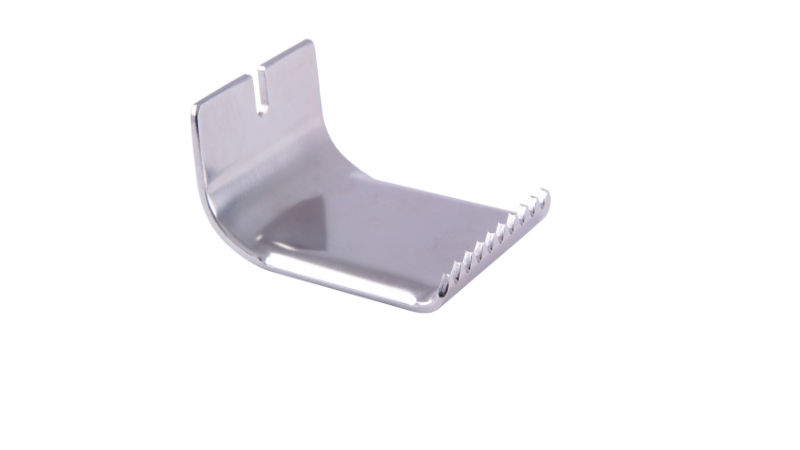Are you upgrading or adding machinery or equipment to your facility. This could be a good time to upgrade your control circuits and panels also. One of the most important considerations for the job is safety. In fact, your electrical control panel design should be aimed at both efficiency and safety. Here are some practical tips to consider when you design your new panels.
Conductors
Wiring is the most essential element and one of the most important considerations. Remember, it’s always best to err on the side of caution and make sure to use wire rated at 600 volts and insulation rated for 90C. If you must make exceptions, they should be noted in your electrical control panel design plan and drawings. Plus, for maximum convenience, avoid solid conductors because they can be hard to work with. Braided wire is softer and easier to route.
Don’t Make Wiring Shortcuts
In some cases, you may be tempted to use cable ties. Instead, it’s better to take the time to reroute wires or even make them shorter. If someone needs to make changes or troubleshoot, cable ties are usually cut off and never replaced.
Loops
Wire loops may look nice but they are not often necessary. Also, it is more practical to run your wires either vertically or horizontally in the panel. This provides a neater appearance and makes it easier to view and access all the components.
Wire Terminations
Effective electrical control panel design includes neat and clean terminations under terminal screws. Instead of looping the stripped conductor around the screw, place it in alongside the screw and tighten. Leave a little extra bare conductor to avoid clamping insulation.
Size Matters
It’s best to have panels a little too large than too small. This helps to minimize heat buildup and provides a neater and more organized control panel.


